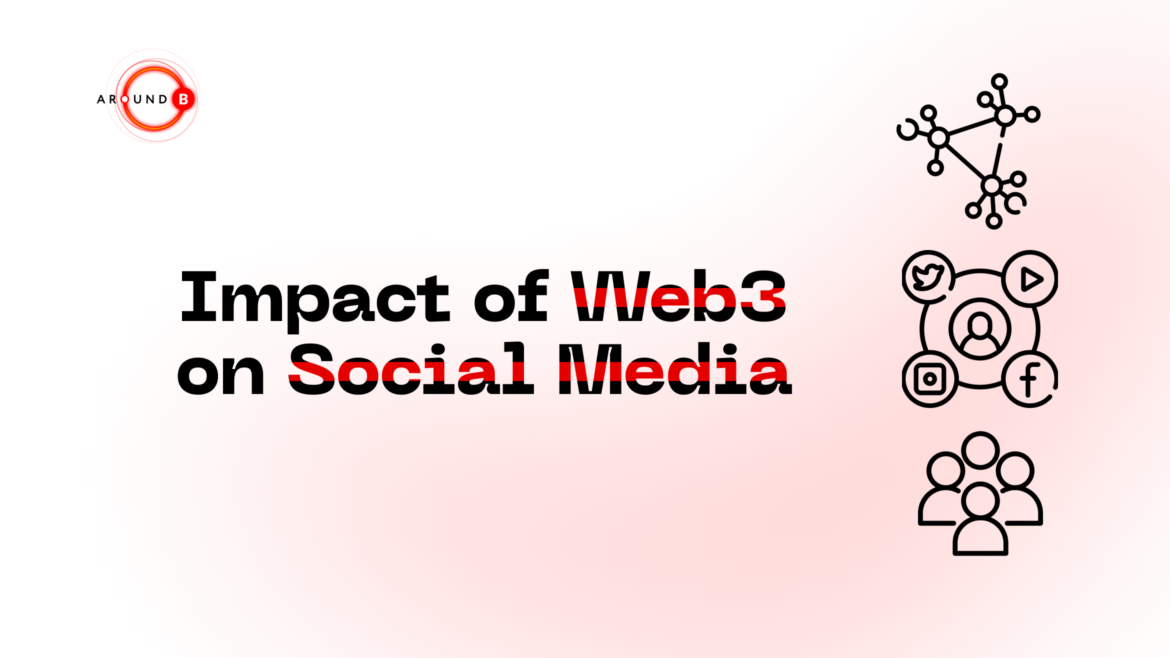
In recent years, social media platforms have evolved greatly, from making it easier to connect with friends and family to getting rewards and producing paid content. It’s become easier for companies to communicate with their customers using social media channels: build trustful relationships, brand vision, and maintain users’ faith in their services.
In Web3, social media platforms are able to improve their capabilities and offer users a more engaging experience. Thanks to its design, Web3 empowers social media platforms and offers unique opportunities for companies and people. But how exactly can Web3 achieve this and impact future social media platform development?
Let’s start with one of the most important characteristics: decentralization. Traditional social media platforms are centralized because they’re controlled by a single entity. Web3, on the other hand, supports transparency, privacy, and user control over their data because the decision-making process is distributed across a network of participants. So, enhanced privacy and security are the next driving force of Web3. Personal data is no longer stored in central databases to be hacked or breached. Moreover, blockchain technology offers exceptional encryption and verification mechanisms to provide better data safety.
With Web3, users can have ownership of their data, and they can choose how and when to share it. They can potentially be rewarded for sharing their data or have more control over the advertisements they see. For example, creators can offer special access, exclusive content, or limited edition perks to NFT holders. This strengthens the relationship between creators and their fans, fostering a sense of community and support.
NFTs empower creators by allowing them to tokenize, monetize, and establish ownership of their digital creations. They offer new possibilities for direct engagement, revenue generation, and building a loyal community of supporters. For example, musician RAC launched $RAC tokens, providing holders with access to exclusive content, merchandise discounts, and voting rights for upcoming releases.
Platforms like Patreon and Substack allow creators to monetize their content through subscription-based models. Platforms like Roblox, Decentraland, and NBA Top Shot enable creators to sell unique and limited-edition digital items to collectors and enthusiasts. These examples illustrate the ways in which creators are leveraging their skills, content, and influence to directly engage with their audience, monetize their creations, and build sustainable businesses in the creator economy. However, it’s important to note that the creator economy and NFTs are still rapidly evolving.
Tokenized incentives (digital assets and cryptocurrencies that are used within social media platforms) are a great benefit of Web3 technology. They can be used for numerous purposes, such as rewarding content creators and user participants for direct engagement with their idols and vice-versa. Moreover, all users are able to shape the rules and policies that govern the specific social media platform.
Overall, Web3 has a huge potential to revolutionize, rebuild, and recreate social media platforms and their content by enabling decentralization, outstanding user experience, privacy, transparency, and community engagement. It’s too early to speak about potential profits and potential downsides to Web3 because its development is in its early stages. Nevertheless, given the technology’s potential to transform social media, its future impact will be substantial.

